
Mar 26, 2019 | Concrete Paving
Why Vapor Retarders Are Used Under Slabs What Is A Vapor Retarder? They’re materials which reduce the transfer of water vapor from the sub-slab support into the concrete slab. The specifications are generally outlined by ASTM E 1745 and most retarders possess...
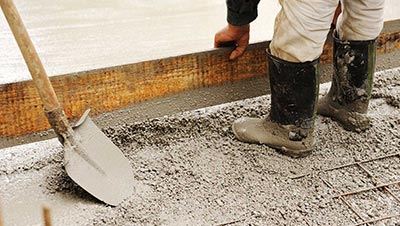
Mar 20, 2019 | Concrete Curing, Concrete Paving
What Is Considered Cold Weather? When the average daily temperature falls below 40 degrees Fahrenheit for more than three consecutive days, it’s considered cold weather. Concrete needs special considerations for placement, finishing, curing, and protection under these...
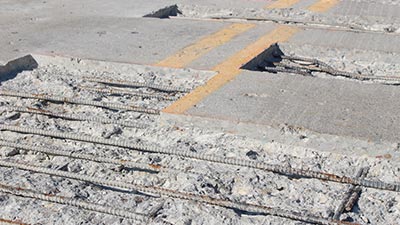
Mar 20, 2019 | Concrete Curing, Concrete Paving
Concrete delamination is the separation of the paste layer at the surface, creating an unbonded concrete layer between there and the slab body. This issue develops with troweled concrete, commonly during the early spring and late fall with concrete placement on a cool...
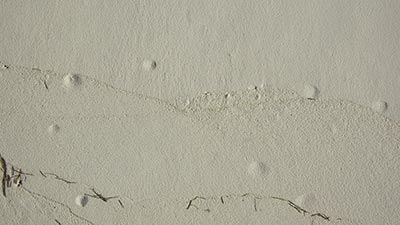
Mar 20, 2019 | Concrete Paving
What Is Blistering Concrete? Akin to the type of skin irritation, concrete blisters are hollow, inconspicuous nodules on a concrete surface. Though they’re generally small, usually dime-sized in diameter up to one inch, blisters can grow up to three inches in diameter...
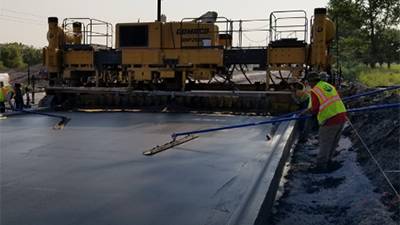
Feb 19, 2019 | Concrete Paving
This question may not have crossed your mind until now; however, it is a thinker, wouldn’t you say? The common individual seems to use the two interchangeably. Even someone who frequently deals with the two may not know the difference. Is your sidewalk made of...
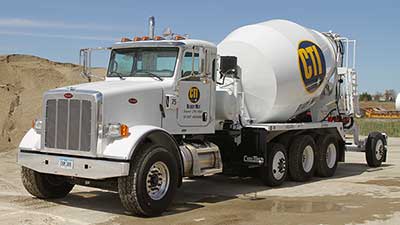
Feb 19, 2019 | Concrete Curing, Concrete Paving
Laying concrete is a very particular task. It involves specific machinery and materials, and it requires precise execution in order to keep structures stable for practically forever. In addition, concreting revolves around external conditions, such as hot and cold...








